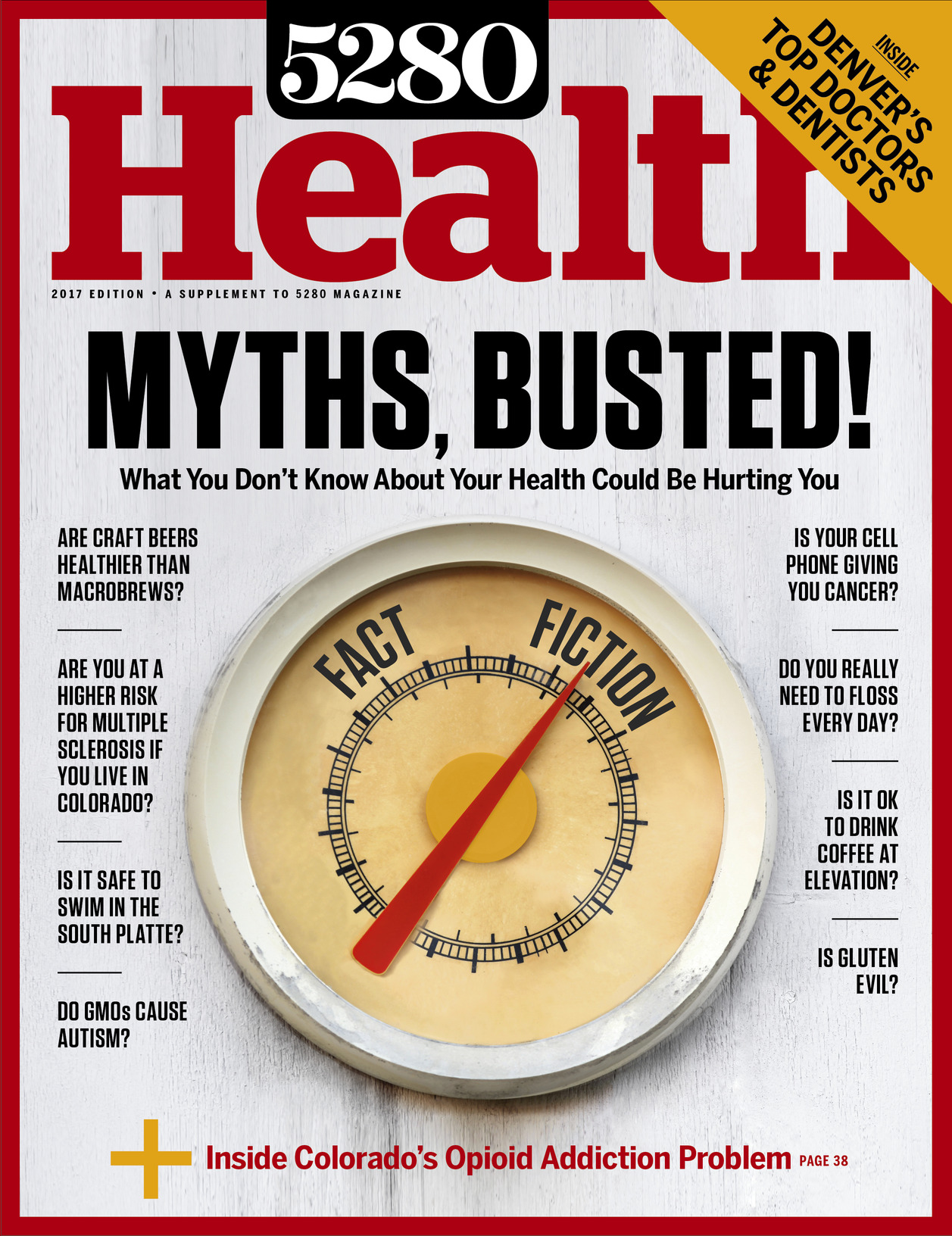The Local newsletter is your free, daily guide to life in Colorado. For locals, by locals.
Before 5280 assistant editor Mary Clare Fischer began reporting this issue’s “Addicted,” I had a vague notion of our national appetite for opioids. I might have been able to tell you that opioids—the class of drug that includes prescription painkillers such as codeine, morphine, Vicodin, and fentanyl and the illegal drug heroin—are highly addictive. I could have told you that in some cases, prescription opioids lead people to “graduate” to heroin because it’s often cheaper and, despite its illicit status, easier to get. I could have also told you that the recent deaths of celebrities Philip Seymour Hoffman and Prince involved opioid use.
But the problem of addiction to opioids in Colorado is far more serious than I knew. Colorado is the only state the Substance Abuse and Mental Health Services Administration ranks as a top consumer of alcohol, marijuana, cocaine, and opioids for nonmedical purposes. Why? One assumption is that our propensity for extreme athletics makes us more susceptible to painful injuries, for which doctors prescribe these narcotics. Another theory suggests that the rugged independence Coloradans are known for makes it more difficult for us to admit when we need help. And there’s also the argument that doctors, here in Colorado and across the country, are overprescribing painkillers for minor surgeries and injuries—even though research suggests people tend to need less than half of what’s been prescribed to them to manage post-op discomfort.
Theories may abound, but our story shows a complex combination of factors is driving the epidemic. Fischer’s careful reporting untangles those elements while sharing the very personal stories of Coloradans who have battled addiction in their own lives. There’s good news, too: Dozens of organizations across the state are working to tackle the contributing circumstances and help people find their ways back from the grip of addiction.









